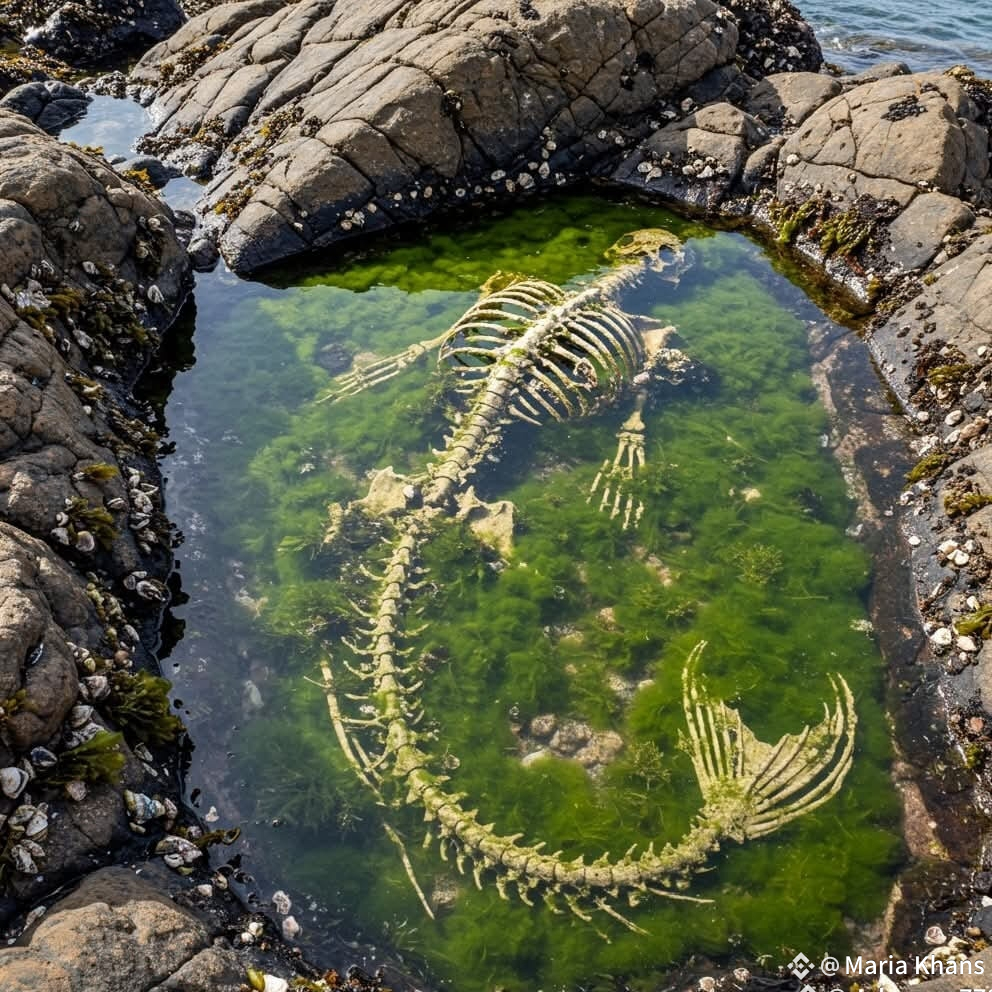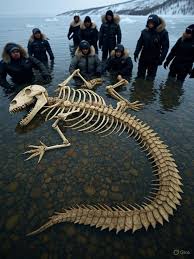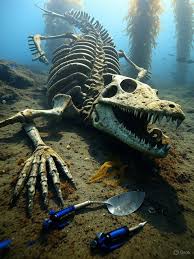Mermaid Skeleton Discovered? Or Just Another Cover-Up
The sensational claim of a mermaid skeleton discovery is a modern myth with no basis in scientific reality. Mermaids are mythological creatures, and there has never been any credible evidence—archaeological or biological—to suggest that they ever existed. The idea of a “cover-up” is a classic element of conspiracy theories, created to explain the absence of evidence for something that is, in fact, not real.

Historically, sightings of “mermaids” were most often misidentifications of real marine animals. Christopher Columbus, for example, is famous for a report of seeing three mermaids, which scientists believe were actually manatees or dugongs. These aquatic mammals, with their large bodies, human-like eyes, and a single fluke-like tail, could easily be mistaken for a mythical creature by a tired sailor after a long voyage. Their skeletons, however, bear no resemblance to the half-human, half-fish structure of a mermaid.

Mermaid hoaxes have also been a common feature of sensational entertainment for centuries. The most famous example is the “Fiji mermaid,” exhibited by P.T. Barnum in 1842. This grotesque “mermaid” was a gruesome doll-like object constructed from the torso and head of a monkey sewn onto the back half of a fish. Similarly, a mummified “mermaid” in a Japanese temple was recently analyzed and found to be a combination of cloth, paper, cotton, and parts from various animals, including a fish and a pufferfish. The “cover-up” is a fictional narrative that attempts to turn the absence of evidence into a sign of something more sinister, when the truth is that a mermaid skeleton has never been found because it has never existed.
